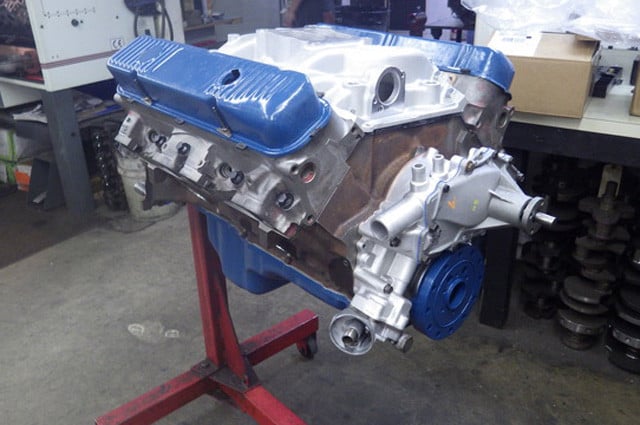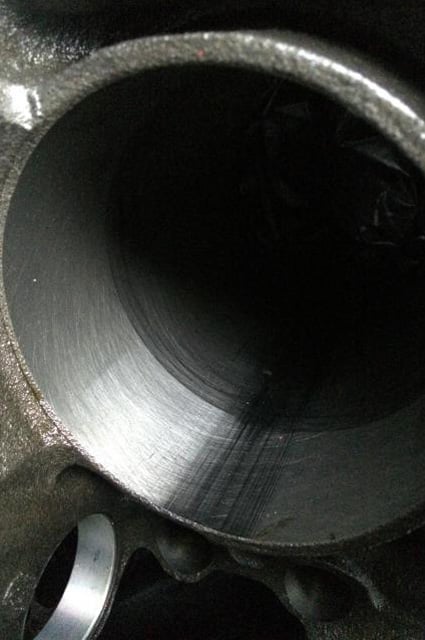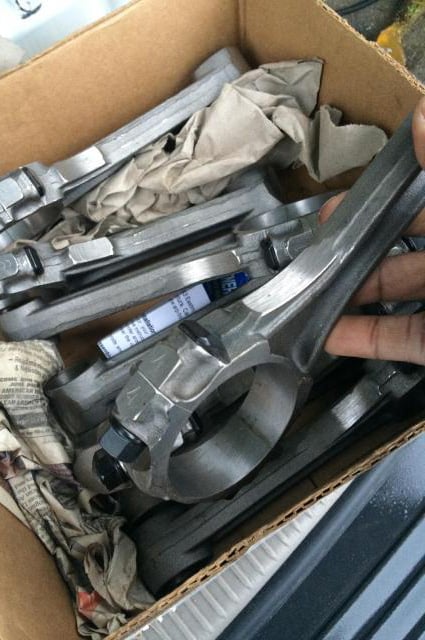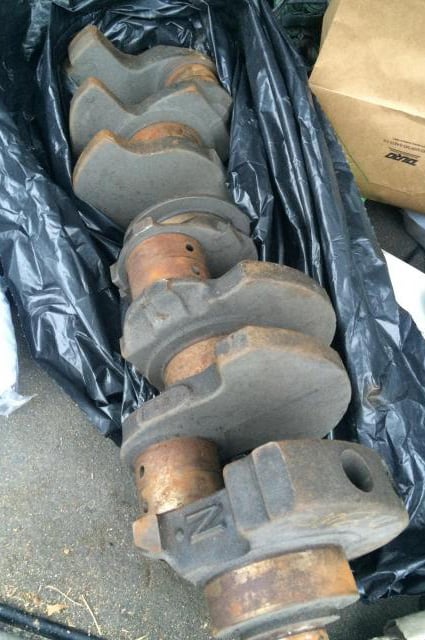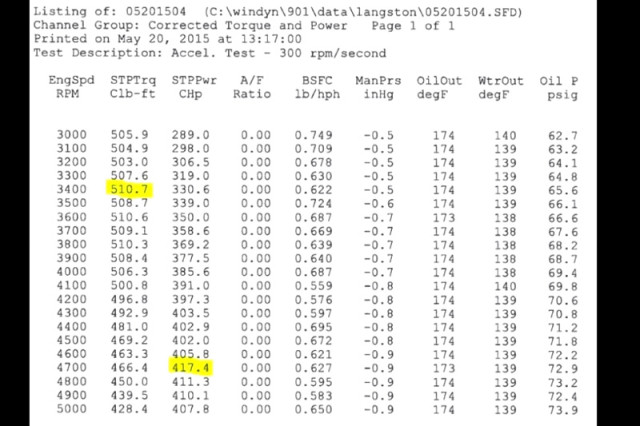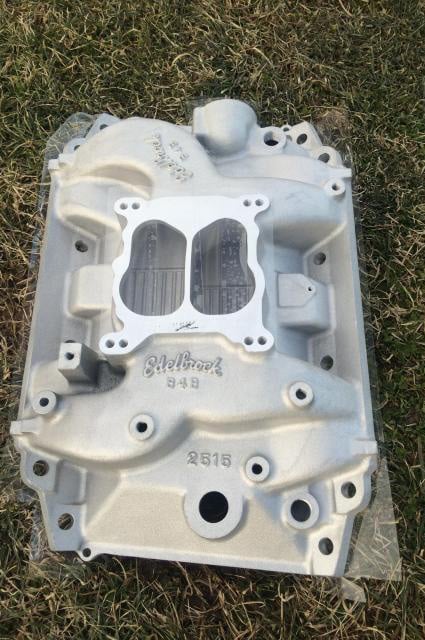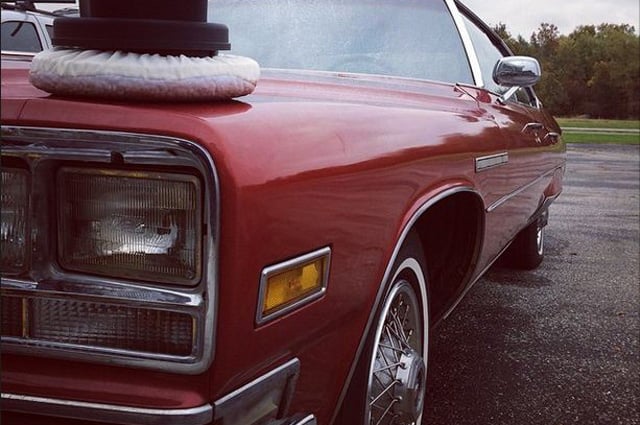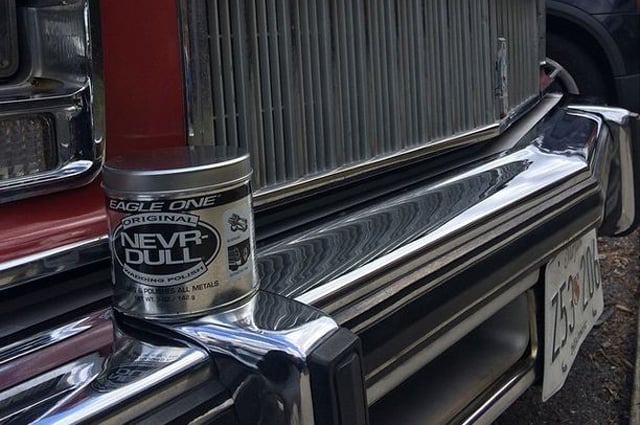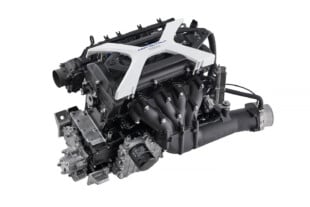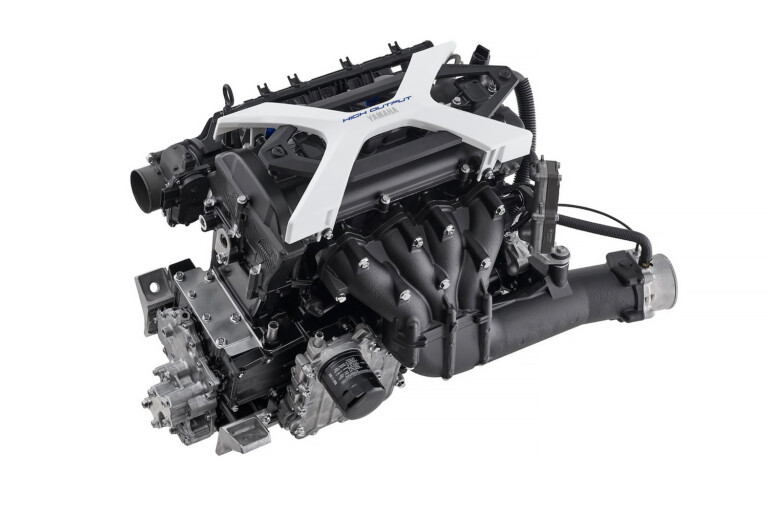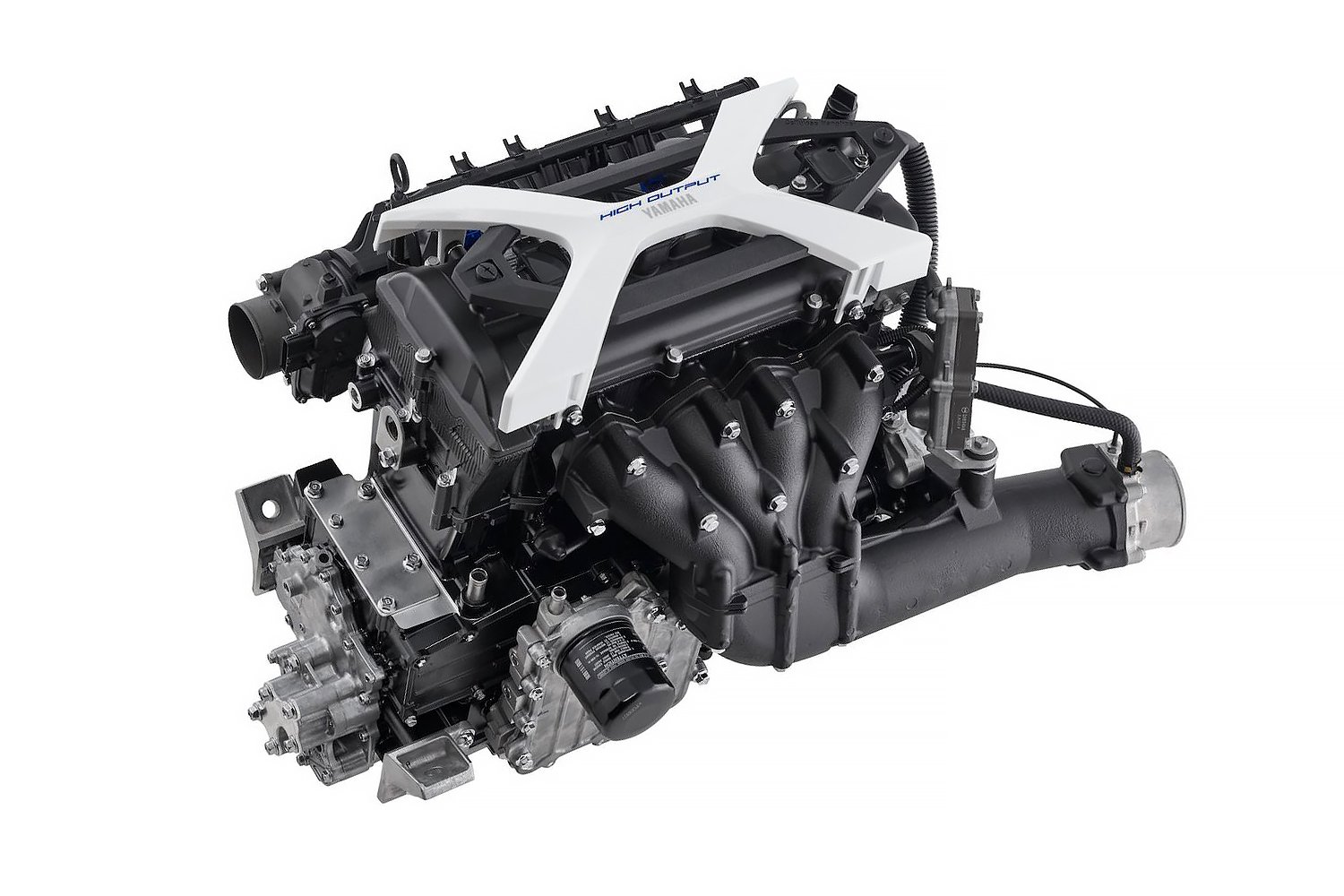Back in the mid-70s, horsepower was a dirty word in the halls of Washington, DC and the Motor City. With ever-tightening emissions regulations, the introduction of unleaded fuels, and manufacturers that hadn’t figured out the finer points of making power while remaining environmentally-friendly, the powerplants that made it into the cars of the era were so severely hamstrung in terms of performance there are many enthusiasts who wish the bad memories of the decade would just slip away into the ether.
Langston Majette is not one of those folks; he’s put together a sweet 455 big-block Buick engine to power a lifetime obsession of owning a 1976 Buick Electra 225 – the last of the “Big Buicks”, and a car that Majette remembers fondly from his childhood.
Now, we know what you’re thinking–a Buick Electra? Those land yachts barely made enough power to get up a hill at two-plus tons–why would an enthusiast want one?
As always, there’s more to the story.
“When I was young, my grandfather owned one of the biggest cars Buick ever made; the ’76 Electra. My parents tell me that I would see him riding around the block in the car and literally fall down on the ground crying so I could go for a ride in the car. Once I did, I’d be good for the rest of the day,” he explains.
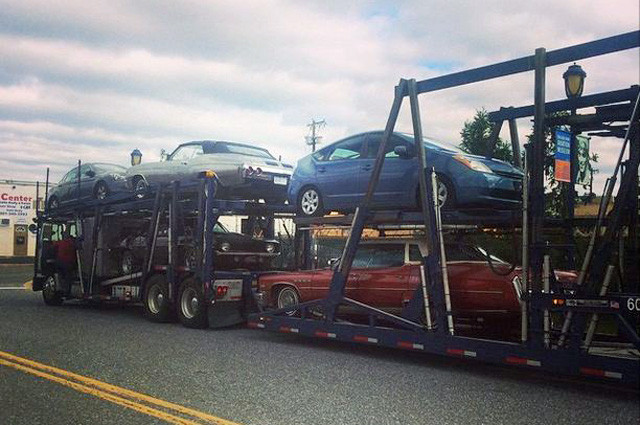
This beast Electra 225 is almost one-and-a-half Prius’ (or is it Priuses?!) long, and nearly two-and-a-half tons heavy.
As Majette’s grandfather aged, he lost the ability to drive, and the car just sat out front, quietly rusting away. Langston started college in 1998, and by his sophomore year, Grandpa Majette relinquished the title; the long-loved Electra became his very first car.
“I was young and naive at the time; I had grand plans of restoring it. I sanded the rust out, did the whole Bondo thing, and my plan was that when I graduated college and had some disposable income, I’d try my best to restore the car,” he says.
Unfortunately, a spun rod bearing a short time later ended the car’s life prematurely. It sat in Mom and Dad’s yard for a while until they got tired of looking at it, and off to the scrapyard it went.
Langston never forgot the car, though, and always had it in the back of his mind that he’d someday own another one in tribute to Grandpa Majette and their shared love for the big-body Buick.
Fast-forward to today, where the aforementioned Electra from Boston enters the picture. Majette came across the car after an internet search, flew to Massachusetts, drove the car and bought it on the spot, then had it shipped back home to Maryland.
The engine block, cylinder heads, reconditioned connecting rods, and crankshaft. All stock, with the exception of ARP bolts in the rods. Scored for a relative song-and-dance through judicious shopping.
The engine in this beast was rated at 205 horsepower and 345 pound-feet of torque from the factory–the lowest-rated 455 produced over the years–but Majette knew right off the bat that he’d be putting a new engine together for the car.

A look at the underside of the block. Previous to purchase, the cylinders had been punched out to .030-inch oversize, saving one step in the process.
“As soon as I got the car, I started collecting parts, doing my research, and planning my build. I had to decide whether I was going to use cast pistons or forged pistons, that sort of thing. I found parts for sale from a message-board friend on Long Island; a 1972 block that had already been bored .030-inch over, connecting rods that had been reconditioned and fitted with ARP bolts, and a crankshaft cost me $500,” Majette says.
The ’72-vintage iron cylinder heads were located in Arizona and had been previously ported and had larger valves installed; those hit Langston’s pocketbook for $890.00.
As the Buick platform is no longer made, Majette turned to TA Performance for a large number of parts. The 10:1 pistons, performance camshaft, timing cover, oil pump, thermostat housing, freeze plugs, front and rear seals, timing set, and shorty headers all came from the company. The tried-and-true Edelbrock B-4B intake manifold sits on top.
Fel-Pro gaskets seal up the engine, while a standard-replacement water and fuel pump were sourced from Advance Auto. Rocker arms were sourced from Autozone, and ARP main and head bolts were used.
Since the end goal was to build an engine that would perform very respectably, but not use any sort of power-adder, the stock-replacement parts were deemed good enough for this application, as they would not be stressed anywhere near their breaking point, and would help keep costs down during the build. Majette enlisted the help of a local machine shop to finish the machining processes and assemble the engine.
So what’s the verdict? The engine pumps out a whopping 417 horsepower and 510 lb.-ft of torque–more than double the horsepower of the original unit, with 165 more pound-feet of torque to boot.
Owing to the big-block Buick’s nature as a low-rpm stump-pulling torque monster, the dyno pulls were made between 3,000-5,000 rpm, and the results are impressive for such a budget-based build. Over 500 pound-feet are available from 3,000-4,100 rpm, with 400 horsepower showing up on the dyno sheet from 4,300-5,000 rpm.
At 233.3 inches long (nearly 19 and a half feet!) and an advertised curb weight of 4,784 pounds, this Electra 225 needs all the help it can get in the horsepower department.
One thing is for certain–Majette’s Electra won’t know what happened the first time he drops the hammer. As he lives in a condo and doesn’t have anywhere to work on the car, he’s enlisted a local shop to install the engine.
“I talked with the guys installing the engine and told them how it did on the dyno. They asked me what I was going to do with all that power, and I said ‘Bring it right back to you after the summer for a new transmission’,” he laughs.
The engine was the first part of the equation, and Majette plans to continue this project moving forward. Thanks for sharing it with us!
It's amazing what a bit of polish can do for an old car.



